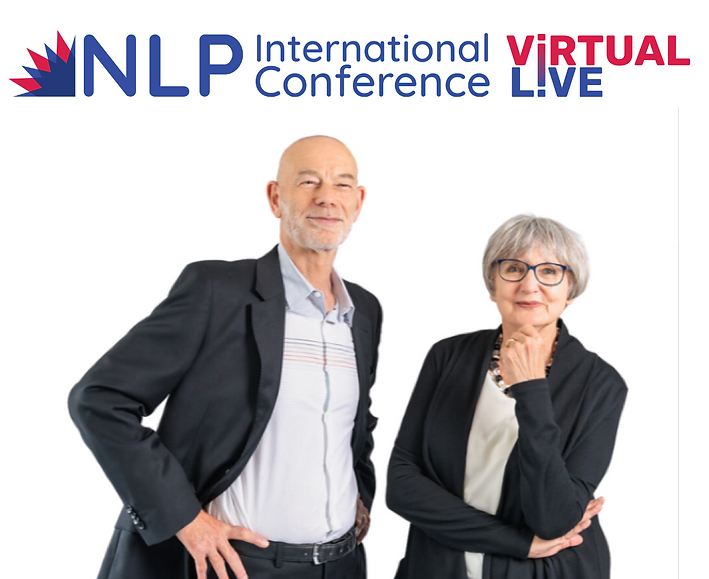While Symbolic Modelling is an outcome-orientated approach, that doesn’t mean ignoring or avoiding problems, quite the contrary. Problems play a significant role in Penny Tompkins and my Problem-Remedy-Outcome (PRO) model. This aims to fully acknowledge clients’ problems – precisely as they experience them. Problems are also nearly always addressed is the ‘maturing changes’ phase.
For us, as well as ‘for what purpose?’, inviting a client to attend to a problem involves three factors: when, how and to what depth.
Below are 27 situations when I consider facilitating a person or group to self-model a problem.
Phases refer to our Symbolic Modelling Lite model.

Phase 2
- When they don’t have or can’t state a desired outcome
- When they repeatedly define their experience by what they don’t want
- When they habitually describe their problems
Phase 3
- When they can’t develop a desired outcome landscape in any detail
- When they can only attend to their desired outcome for a few moments at a time
- When their desired outcomes keep changing
- When desired outcomes are repeatedly attached to problems (dO but P)
- When a problem overwhelms their desired outcome
Phase 4
- When the desired outcome repeatedly leads to problems.
- When they know they can’t achieve their outcome and they can’t accept that.
- When the effects of a desired outcome are unacceptable and the desire cannot be given up or managed.
- When there are no acceptable solutions to a problem.
- When the proposed Remedy is the Problem.
- When the conditions necessary for a desired outcome to happen can’t be identified
- When the conditions necessary for a desired outcome to happen can’t be met.
- When the likely effects are a danger for (vulnerable or dependent) others.
- When the problem (or it’s effect) is realised as desirable.
Phase 5
- When changes keep resulting in problems
After Phase 6
- When they achieve their desired outcome but cannot sustain it.
- When they repeated fail to achieve what they say they want.
- When insights/learnings/changes in the session have no effect afterwards.
Other general conditions:
- To uncover a directly relevant desired outcome (rather than a very general outcome).
- To identify ‘choice point(s)’ before or during a problem pattern.
- To get their attention.
- When they don’t know they have a problem (but others know).
- When their ‘positive’ behaviour unintentionally keeps them from getting what they say they want.
- When it seems self-deception is having a substantial (unwanted) effect.
Postscript
Jacqueline Ann Surin added (19 April 2024) :
And sometimes, a client might say, “I’d like to explore the problem so I can figure out what it’s all about.”
I replied:
Thanks for this neat suggestion. That makes 28!
The client statement is an interesting surface structure because it is in the form of: desired outcome to explore and figure out a problem. And as you know, generally I favour facilitating a client to have exactly what they want. In this case, that would be to facilitate the client to self-model their problem landscape.
And at the same time, I wonder to myself ‘how will the client know they have “explored” the problem enough?
Often, underneath this structure is a desire to not have the problem (i.e. a remedy) along with a common belief that we can only solve a problem when we have “figured out” the cause. Whereas, experiencing an embodied desired outcome landscape can cast the problem in a new light and sometimes a client can ‘move on’ without ever having to ‘solve’ the problem.






